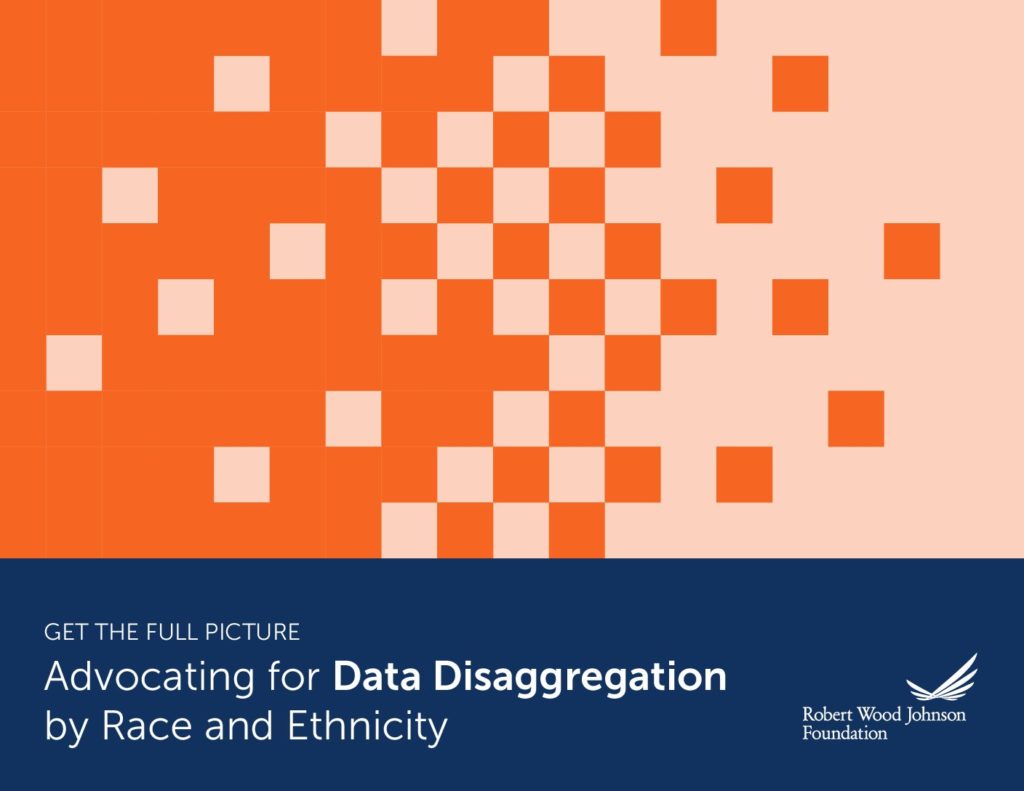Sometimes, being seen becomes a matter of life and death. It can determine whether we are able to live a life of well-being and enjoy access to health, educational, and economic opportunities.
Being visible is especially important in decisions that guide federal, state, and local policies, funding, and institutional practices and programs. Fully understanding challenges and clearly defining opportunities requires access to information that reflects everyone.
As our nation becomes increasingly diverse in terms of race and ethnicity, advancing health equity requires an understanding of how health and health disparities are experienced across distinct racial and ethnic populations and indigenous peoples. But when we look to existing data for answers, we rarely find this information. It is either not collected at all, or the existing information on race and ethnicity is lumped into broad categories that do not allow distinct groups to be seen.
These flaws in data collection and reporting render populations invisible, mask unique needs, and hide strengths and assets. It means that decisions are being made that impact people’s lives and well-being without complete information.
It’s time to get the full picture.
This guide is written for community leaders and advocates who want to advance health equity by calling for changes in the way data are collected, analyzed, and reported. It supports efforts to make the unique health needs and disparities faced by racial and ethnic populations visible.
The project was funded by the Robert Woods Johnson Foundation and was created in partnership with the Arab Community Center for Economic and Social Services (ACCESS), the Asian & Pacific Islander American Health Forum, the National Congress of American Indians (NCAI), the National Urban League, and UnidosUS.

